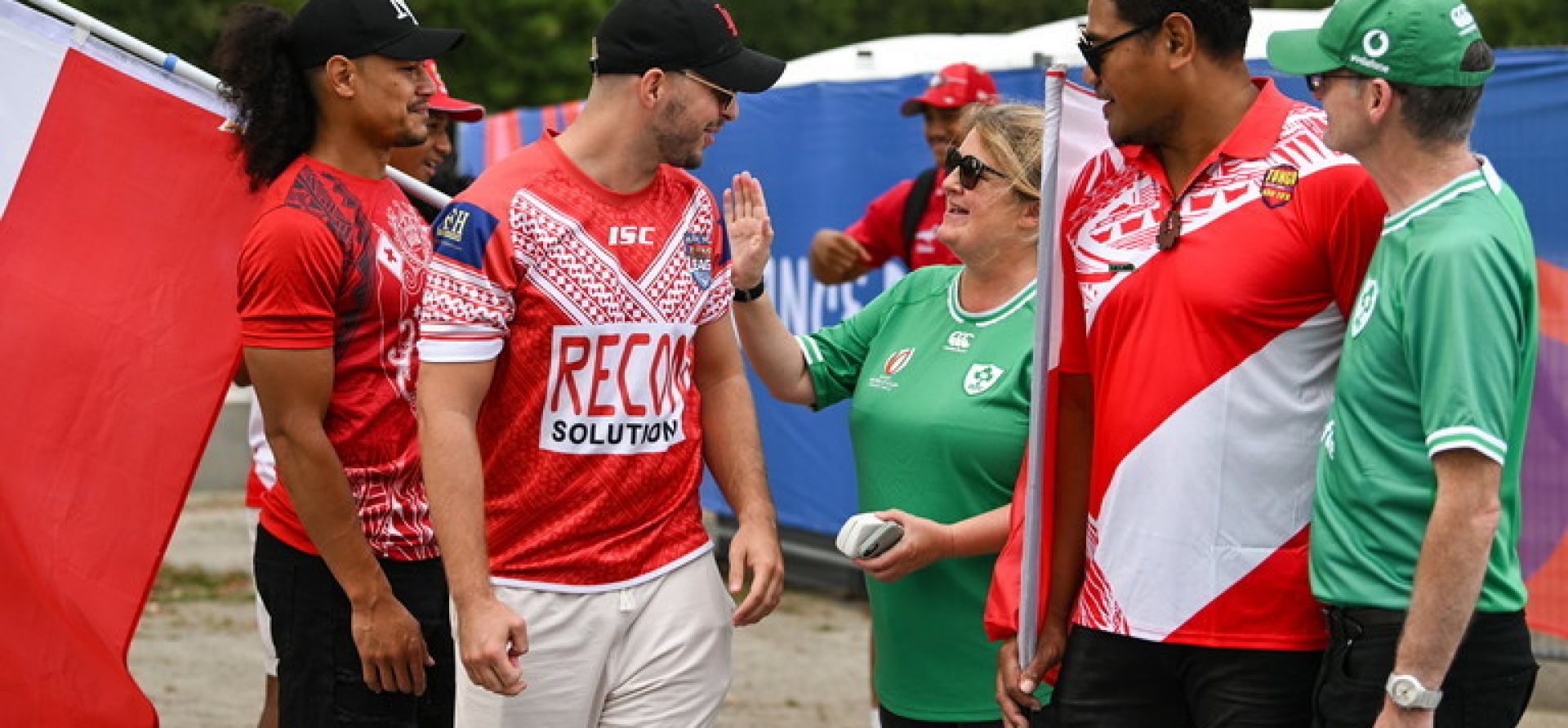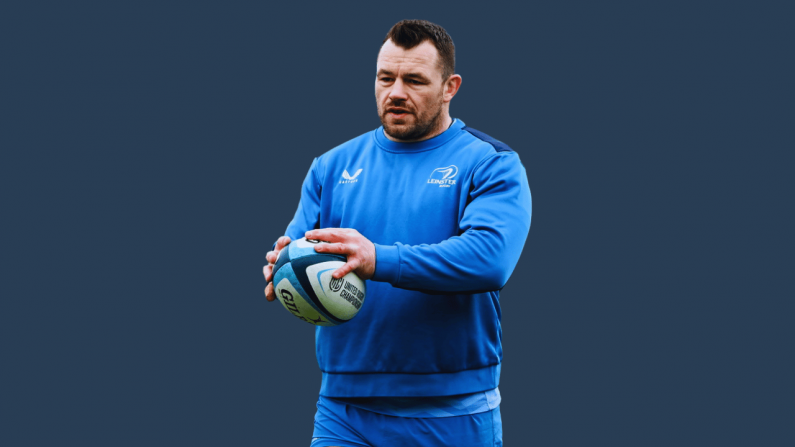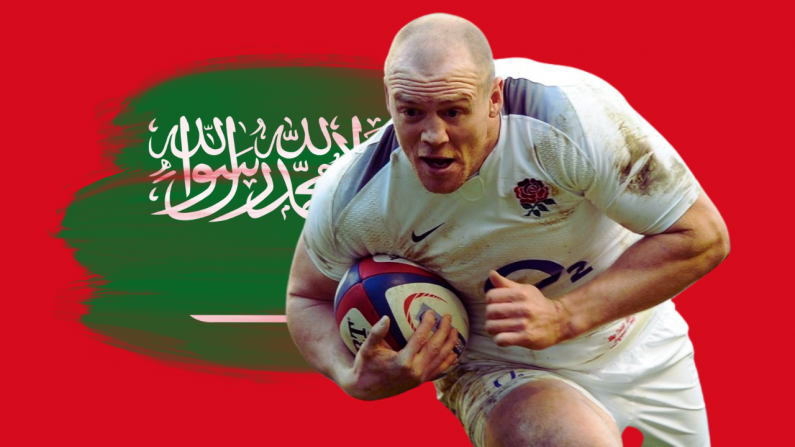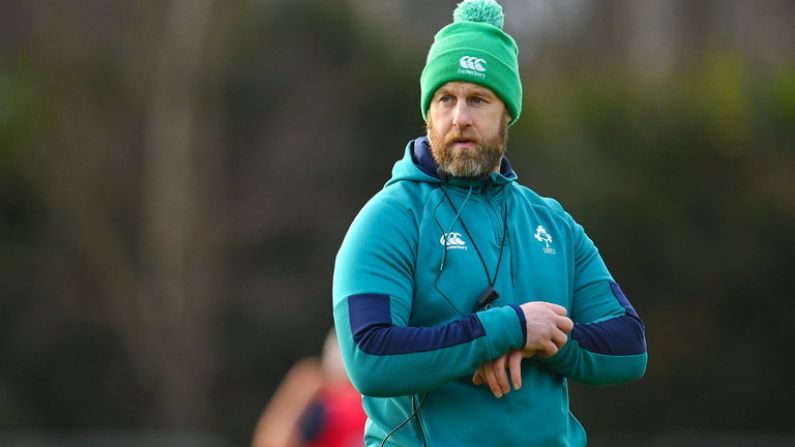Fathers and sons from Ireland and Romania came from afar to Nantes and Bordeaux and taught me a few things this weekend.
How do you measure matches in rugby when one team is sure to win? The second weekend of the World Cup offered this challenge.
France is the best place for this discussion.
Alight from a train in a small French town and enter the gare: look closely and you will see a sign estimating the ramp gradient. You will have no option to descend or ascend more gradually, but you will know it is seventeen point four degrees as you trudge.
The French love to measure life. Go to a cooking class in Lyon’s Bocuse quartier expecting a drunk lark and sober into your first lesson of dry exactitude. The world’s most complex scrum machine resides in France, capable of measuring bind force in units known as ‘malherbes.’ They calculate the caffeinated strength of a cafe americaine, the personal data bytes contained in each human ejaculation (15.8 terabytes on average) and how happy they are as a nation on any given day (very, very unhappy).
Apparently, 60,321 Scottish and Bok fans drank 80,342 beers during their Test. Marseille statisticians have set the ratio at 3:1 in favour of the liquid Scots: the TMO’s beer consumption went uncounted.
Yet rugby is not a stat-friendly sport.
Points are disproportionately scored by conductors instead of virtuosos. MIssed tackle numbers are less useful en masse than on one play. Scrum or lineout percentage (used to rank ‘top scrum’ by much of the media) is only the beginning of the inquiry (plus-minus penalty counts at scrum and the number of clean back-of-the-lineout takes leaven the stale bread of set piece numbers). Line breaks away from support into pilfers are not as good as a dreaded contestable box kick. Kicks are only as good as the chase. Advantage mucks with numbers even more.
Possession in one’s own half is like being possessed. Speedy ruck and D-line can be metricized, but they can be canceled by the slightest of errors. In a World Cup, matches with Romania distort numbers like Cam Roigard running in the rain).
All we can say is Scotland has scored eight fewer points than Namibia so far and going into the weekend, Joe McCarthy had offloaded as much as Antoine Dupont.
This will not stop Cartesian mania.
A seventeenth century Lyon abbot with a side science hustle, Gabriel Mouton, wrote a cracker of a book (‘Observationes diametrorum solis et lunae apparentium’) asking all to use a standard of length based on a the earth’s circumference divided into decimals. Flat earthers scorned Monsieur Mouton but just as the nineteenth century dawned, his metric became France’s metric, and now is the world’s except for parts of the Anglosphere (who use it for bombing coordinates and medicine).
His original nomenclature, a millaire, would be about four hundred and seventy-four RG Snymans and his virga equals 1.852 metres, or the total of metres made after contact by Scotland against South Africa.
It is no coincidence Mouton, metrics, and melees in rugby are intrinsic to France.
Every student in the Republic learns the same lesson each day, and exams are calibrated to uncover mistakes, punish errors, and disqualify the errant more than to encourage raw creativity or innovation.
Witness the top local sports newspaper l’Equipe’s player ratings after the opener: les Bleus averaged six and New Zealand five. Every single French player’s mistakes were noted, with an exact time given; the good was downplayed.
Week two: less heat, more tries
The second weekend offered a welcome respite from the sapping heat and worry of the first.
Fueled by a week of ancient ruin-hopping, quenelle and huitres-lapping, Michelin star-gazing, pain-au-raisin measuring, confluencing influencer-snapping recuperation in the stately old city of Lyon, we scaled a ten percent grade ramp to take a TGV four hours to Nantes.
The measure I would like to see is the mysterious French metabolic rate. They skip breakfast except to down chocolate in hidden formats, then take a couple of midday hours over wine to devour whole chickens and swine, slather boeuf upon lard, chase it with butter-infused gluten, and cap it off with a ten p.m. dinner reprising all of the same but closing with gout-triggering cheese.
Yet they skip up 573 steps to the top of the hill, never need a belt, and have the most photogenic sunken cheeks in the post industrial world.
In the gastronomic capital of France I did the classic calories in calories out (15,452 steps and 72.34 floors climbed; 84.3 frites eaten with a snyman of tartare and a mo’unga of fowl) but it still felled me in the afternoon.
Maybe I needed unfiltered cigs to burn the food off?
Preparing for mismatches featuring the top two teams (as ranked) in the world versus two sides, for reasons of history and resources, still trying to have proper Cup preparation; I practiced by watching New Zealand dismantle Namibia with a retired Kiwi scrumhalf.
As he ran the ruler over the All Blacks’ casual destruction of Namibia, he gave me the template for how we should measure these mismatches. Time and time again, he classified involvements as ‘good height’ or ‘impatient’ or ‘that won’t work against Ireland or the Boks.’ Undistracted by the score, the hard marker honed in on the way his team built and sustained and finished attacks, and was as thrilled by Dane Coles’ late steal to keep Namibia tryless as he was Cam Roigard’s coming of age.
Earlier in the tournament, I had grappled with how to use the ambitious Wallabies’ win over still-emerging Georgia as a metric for Aussie futures. ‘Just win, baby’ or ‘morale booster’ or ‘technical benchmarks:’
I came down on the side of coaches and fans being tough graders, focussed on the height and hang of box kicks, the accuracy of passes in space, the actual timing of a second shove, a precise proportion of tactical kicking excellence, and how furiously players defended their try line even when the game was won (we can use the unit of koroibete for this).
Fitness can be analysed in a rout, too, because kicks still need to be chased, rucks attended, and mauls swum.
Thus, matches between Ireland and Tonga or South Africa and Romania, whilst being less stressful, offer us a hard look at a contender.
In Nantes, cloaked green with throngs which swelled hours before kickoff, I had a wide view of modern Irish rugby culture as well as the odd French way of policing a peaceful crowd: militaristic plus a throwback to old schools. Machine-gun toting men in black controlled an entirely calm assemblage; into chutes which suddenly divided into male-female lanes without warning, separating families for no apparent reason.
When I took my seat, a lovely man named Niall with his son asked if I was Harry, whereupon we had a good running chat throughout the contest. Yes, there are lads in Irish fandom (I ran into six of them at the gare, and let them be themselves on camera), but there are also droves more of quiet, humble and deeply knowledgeable men like Niall and his son.
Sat just in front of a wonderful Irish father-son on RWC trip at Nantes! @nialljdoherty took this beautiful video of a LO just in front of us. On to Bordeaux Niall & son! Irish fans travel well. @RugbyWorldCupFR pic.twitter.com/jJJvHjIphv
— Harry Jones (@haribaldijones) September 17, 2023
The game went as it was known to go: the most organised team on the planet with just enough spice in the backline started slowly and tidily, but then superior fitness and shape took its toll on Tonga, whose hundred or so supporters were joined by most of the local neutrals.
A brilliant try after scrum pressure four minutes past forty was a just reward for this kingdom with only two hundred thousand residents.
Then, on to Bordeaux for another hiding, but with brave Romania standing tall.
Another father (Andre) and son (Vlad): the dad told me the lesson of the day was “if you want to be good, play the best.”
Exactitude and inexactitude continue their merry dance.
Harry Jones is a rugby fixer, sport poet, and global rogue. He came up in Western Province rugby but now handles scandals across the globe. His podcast on The Roar (cohost) is in the top ten in most markets and his essays on The Roar are widely spread.








